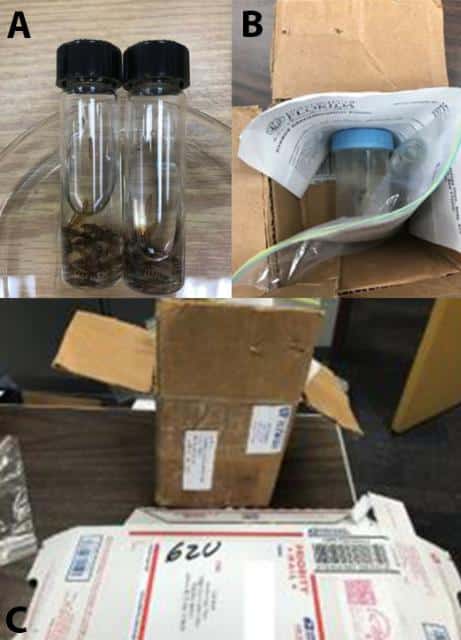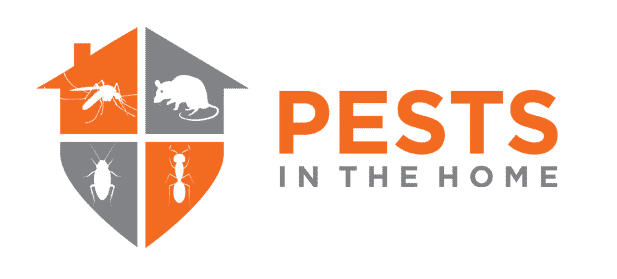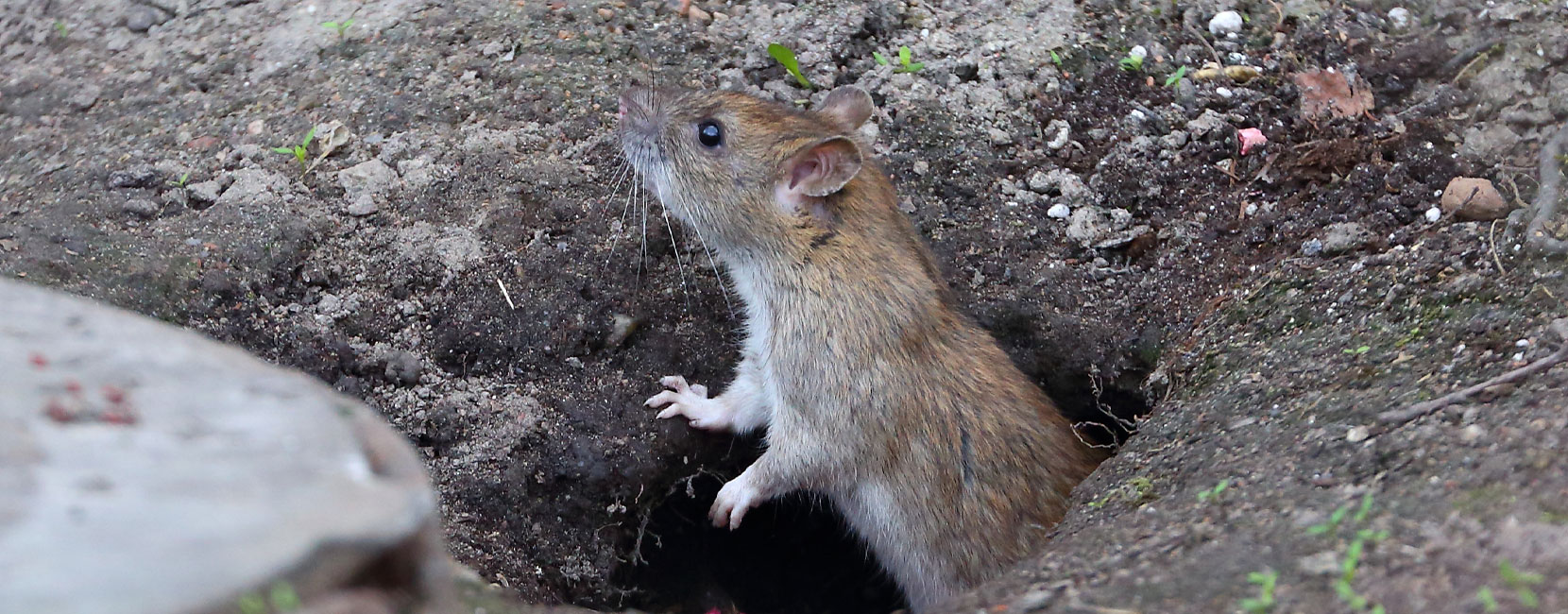
How to Submit an Insect Sample for Identification
With over one million named species of insects in the world, sometimes you need an expert identification on an insect that is bugging you. Accurate insect identification is crucial to protecting your home from pests of all kinds. Many species of ants, termites, and roaches can look very similar, but their treatment methods may be drastically different. Many pests may be unfamiliar to homeowners, and an accurate identification will allow for minimal and targeted pesticide treatments. Many times, an accurate identification hinges on veins on the wings of an insect, or other minute characteristics that require specialized equipment to view and an expert eye.
Many states offer Insect Identification services through Extension. The fee for having a knowledgeable professional identity your insect specimen is often nominal. The available services provided through Extension varies by state, but your local Extension offices have experienced and knowledgeable agents willing to guide you in the right direction.
Locate your local Extension office.
Insect Identification Labs at Universities
In conjunction with Extension offices, many Universities offer Insect Identification labs. Below are links to some known laboratories.
- Auburn University
- North Carolina State University
- Texas A&M
- University of California, Riverside
- University of Florida, UF/IFAS Insect ID Lab
- University of Georgia
- University of New Hampshire
- Virginia Tech
How to Package and Send Insects for Identification
Many times, you can bring insect samples or specimens to your local Extension office in person. Sometimes, the office may be far away or inconvenient and you may need to send insects in the mail. If you simply place a spider or beetle in an envelope with a stamp, it will probably be damaged beyond recognition by the time it is inspected. Remember, that some of these identifications rely on tiny details that are easily damaged in transit. Be aware of certain requirements of the laboratory that you are working with. Many require a specific questionnaire to be included with the specimen to aid the identification.

Credit: Faith Oi, UF/IFAS
If you plan to submit insects for identification, place as many insects as you can collect in a small, tightly sealed container of hand sanitizer or rubbing alcohol (70% isopropyl alcohol). If applicable, collect different castes (winged swarmers, workers, and soldiers) and different life stages (egg, pupae, larvae, adult). The greater variety of samples you submit, the greater likelihood of accurate identification. For example, termite workers are most numerous in the colony, but soldiers and winged swarmers are best for identification.

- Place insect in a sealed vial of 70% isopropyl alcohol
- Ensure the vials will not leak
- Place the sample in a box protected with padding
- Include the form required by lab. If no from is provided or required, please include the following information:
- Your name
- Your contact information such as phone number and email address
- Date specimen was collected
- The address of specimen collection
- Location of the specimen (inside or outside of the home, which room of the house, door or window framing, wooden studs, on the leaves of a peach tree ect)
- Any other relevant information surrounding the collection
One of the most important things to remember when submitting insect samples is to always put them in a box. Insects shipped in even a padded or bubble mailer are usually crushed by mail sorting machines and incapable of being used for identification purposes.
Photographs for Insect Identification
Most everyone has a high-quality camera on the phone in their pocket. However, when the photographs are enlarged to see the detail required for identification, they are rarely clear enough. Many insect identification labs will not accept a photograph alone. A photograph may be used in conjunction with an insect specimen, but not alone. Include a picture of the location the specimen was collected, particularly if it was strange or unusual, or damage caused by the insect in question.
Proper insect identification is crucial to implementing Integrated Pest Management principles around your home and business. These identification services are offered to you at low or no cost in order to responsibly control pests in and around your home.









